Seat will roll out a new customer identity (ID) service at the core of its digital ecosystem in the first half of 2018 as the first step towards a connected future.
“We really believe that the technology changes coming to the car industry will come faster than many people think,” said Leyre Olavarria, Seat’s head of in-car digital services.
Drivers will create the online ID, which will be stored in the cloud (on the internet, rather than an individual hard drive) to record details of their driving profile and allow access to in-car services.
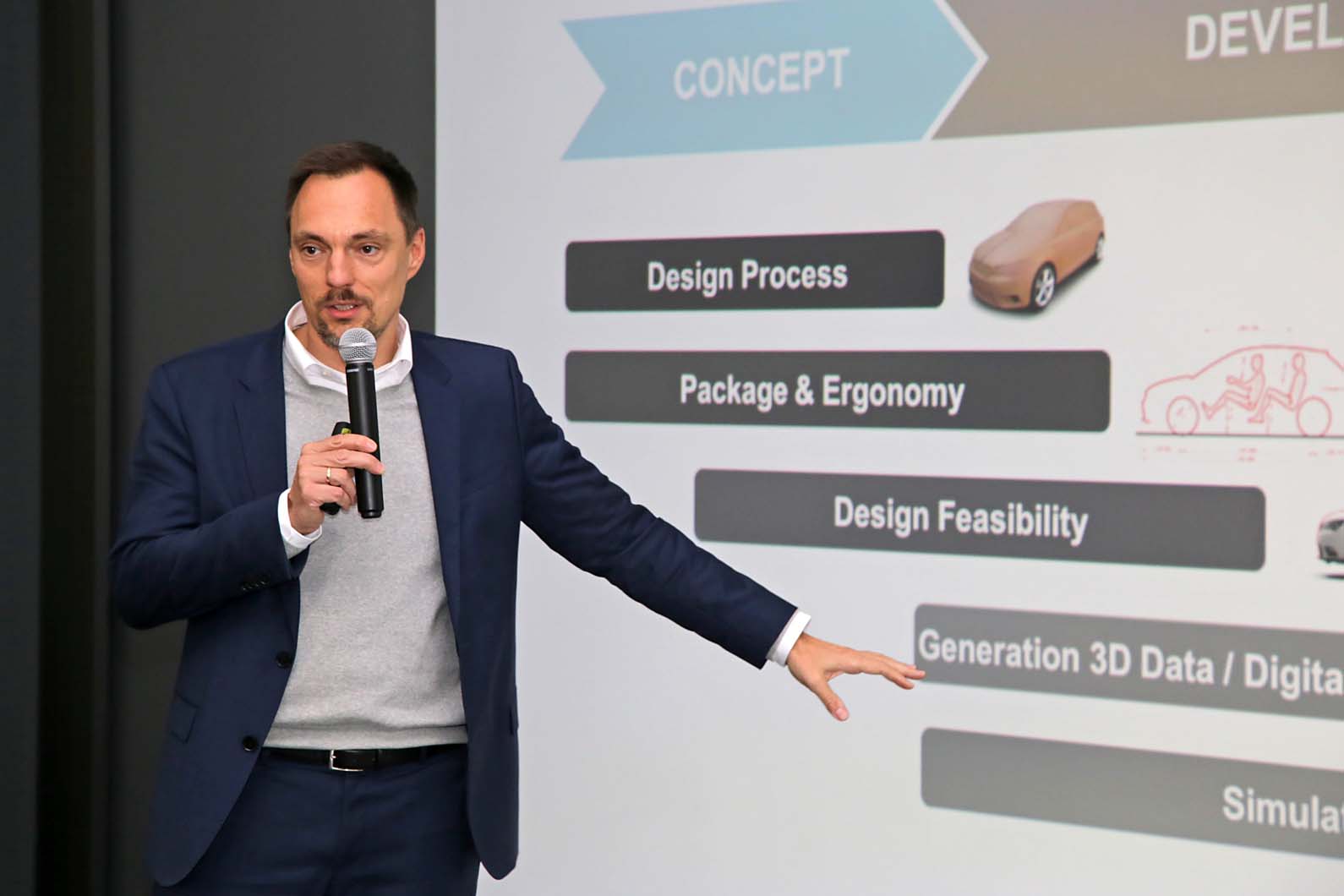
Initially, the offerings may well be limited, but the ID will pave the way for a range of more comprehensive services offered to drivers of Seat's electric hatchback and SUV, which will both be based on VW Group’s MEB platform and are due to go on sale in 2020.
An important step will be to store a driver’s complete digital profile, which will include their driver's seat set-up, air conditioning settings, music preferences and sat-nav locations. This can be carried from vehicle-to-vehicle, say from a daily driver to a hire car. It is planned to work in cars from all Volkswagen Group brands.
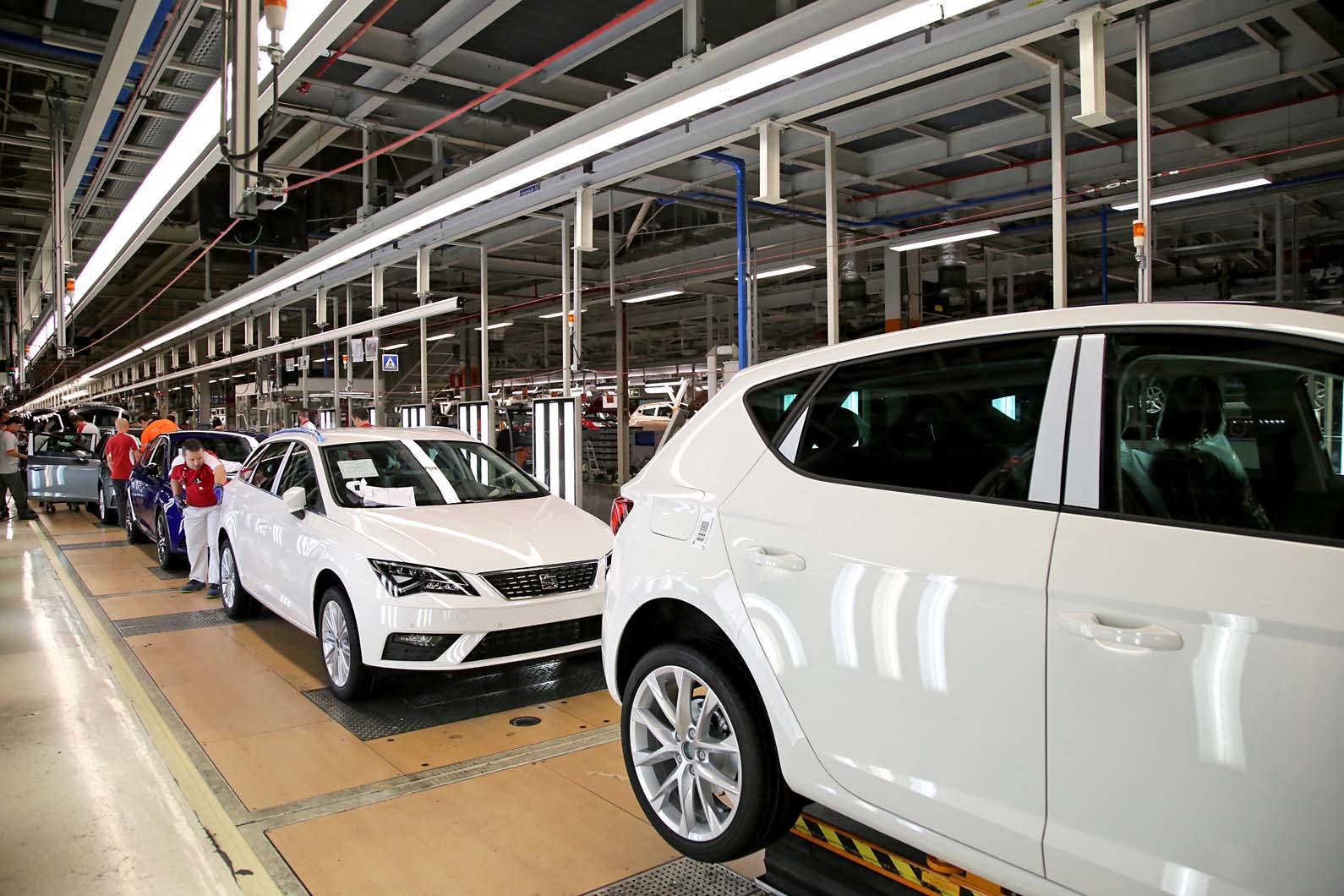
Another future function will be activating hardware or software in a car post-purchase.
One example given is heated seats; in future, all Seat cars might be built with hardware such as heated seats, which a customer may not pay for at the point of purchase, perhaps because the car is kept in a warm climate. But if that car is used in a cold climate — say on a skiing holiday — the driver would be able to temporarily activate the heated seats via the online ID as a paid-for service.
Another example is sat-nav. A driver who has not specced sat-nav, perhaps because the car is used mostly for local driving, could activate it for a fee if it was useful for a long journey.
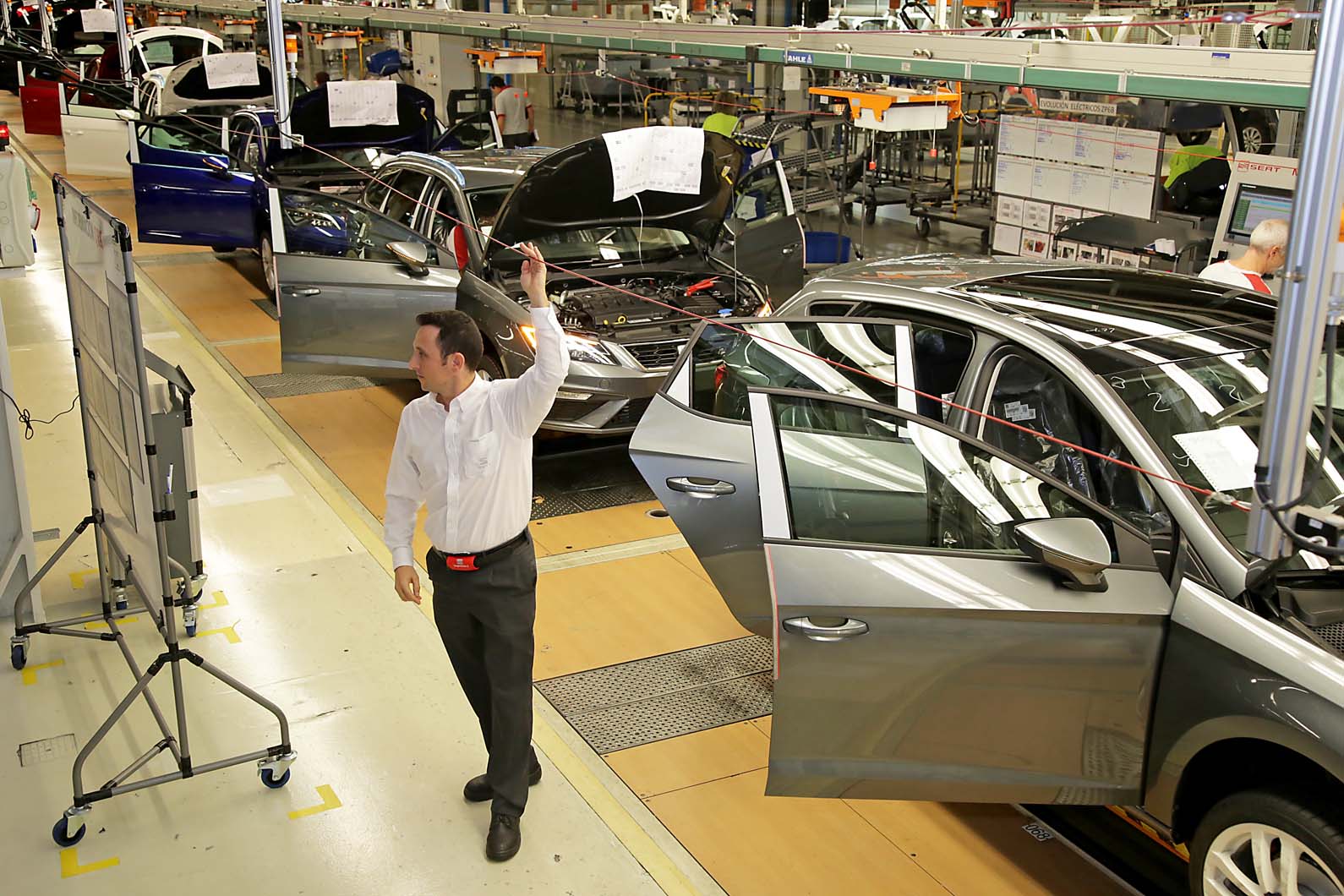
“These are just examples,” says Seat’s head futurologist Fabian Simmer, “but they give a flavour of how the ownership and operation of a car are going to change radically in the future.”
Seat has also decided not to integrate the hardware of Amazon’s Alexa Echo Dot digital assistant into its cars; instead, it has developed the software as an in-car app, which will be made available in the next month, initially in the Seat Ateca and Seat Leon and then in the Seat Arona and Seat Ibiza.
So far, Alexa is available in English and German, but other languages will be added later.
“We found that the hardware wasn’t engineered for in-car use, but the software is the best voice recognition you can find. There's nothing like it from automotive suppliers,” said Simmer.
Related stories:
Seat Arona review
Seat Ibiza review

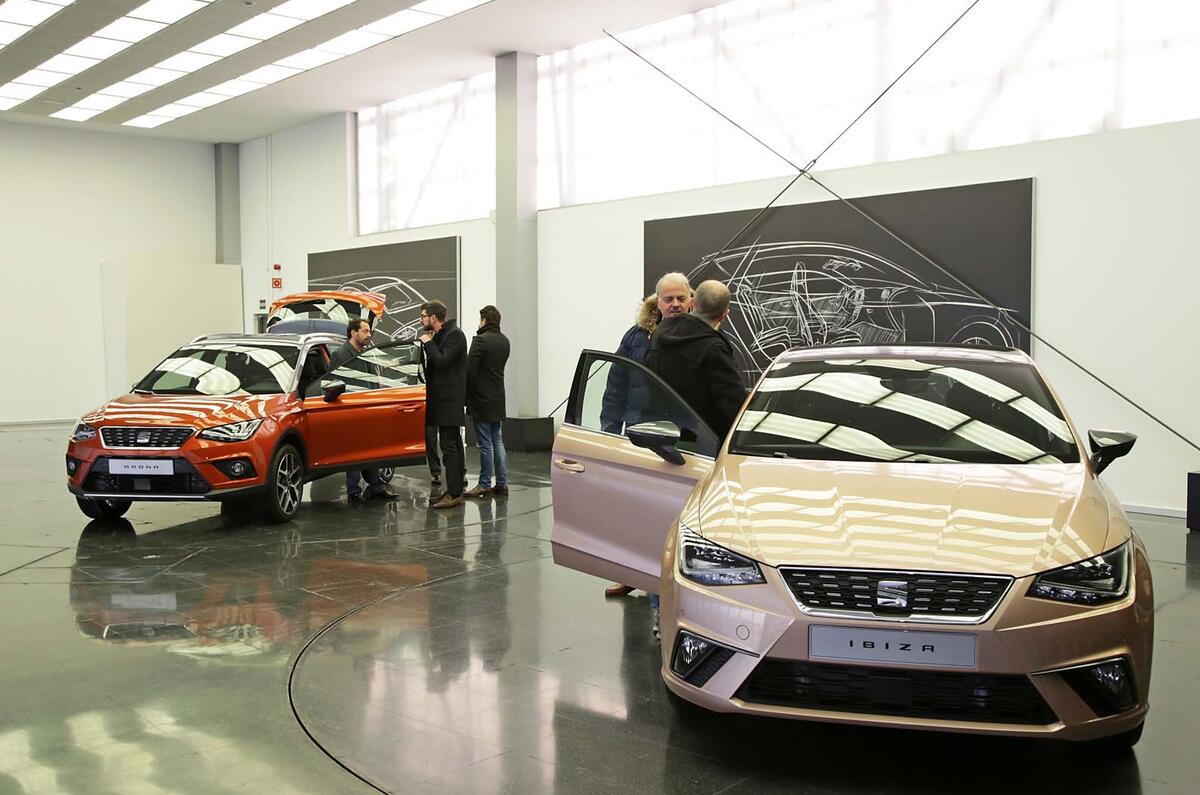
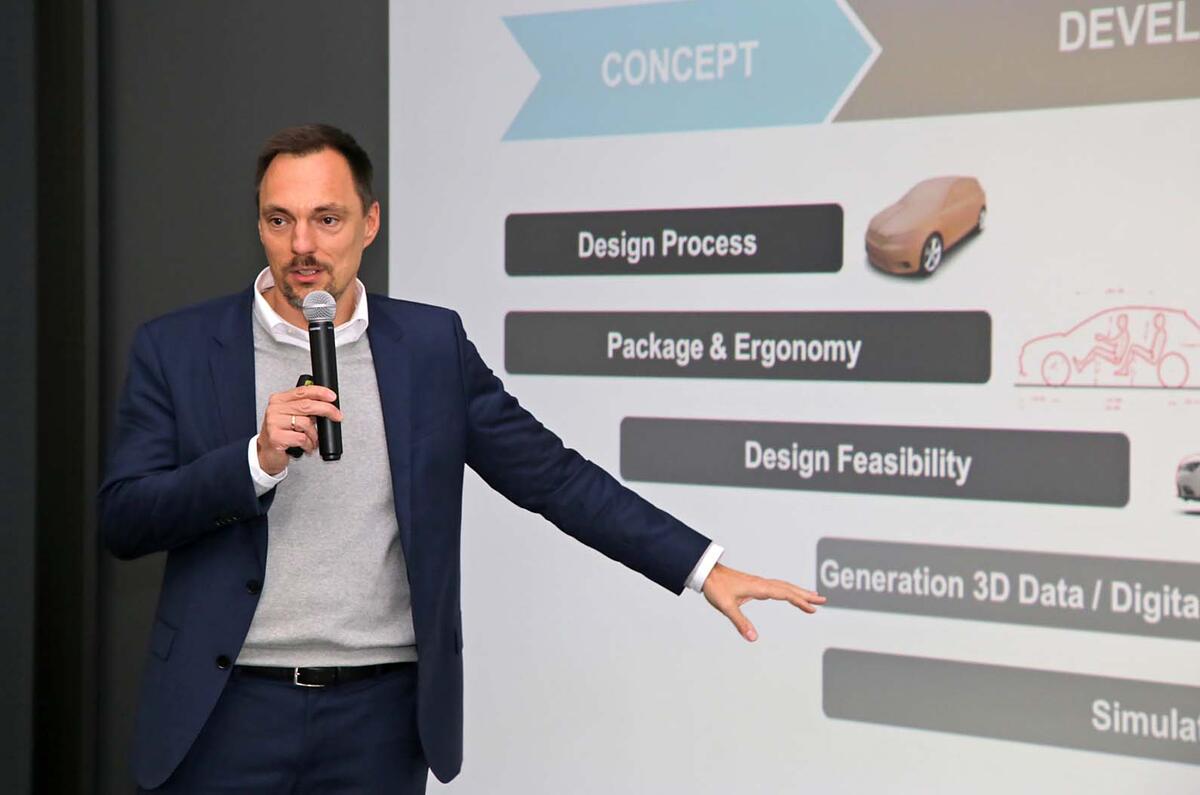
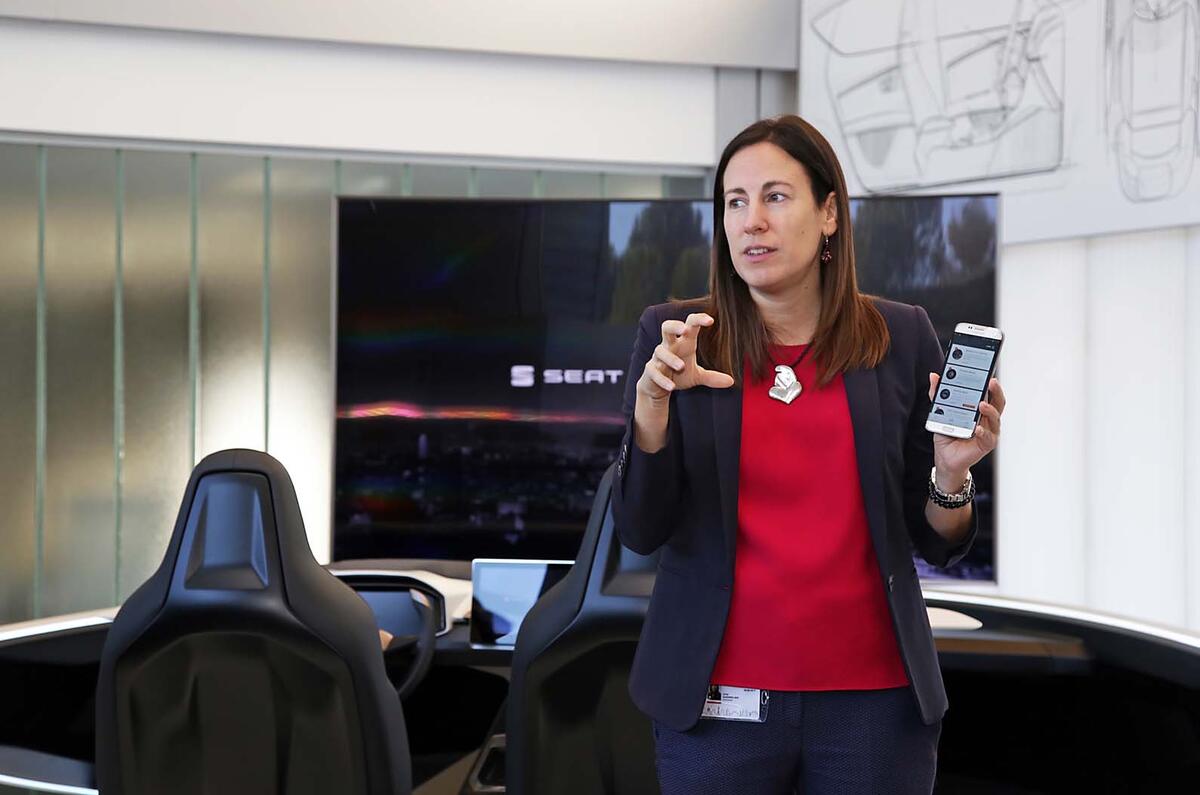
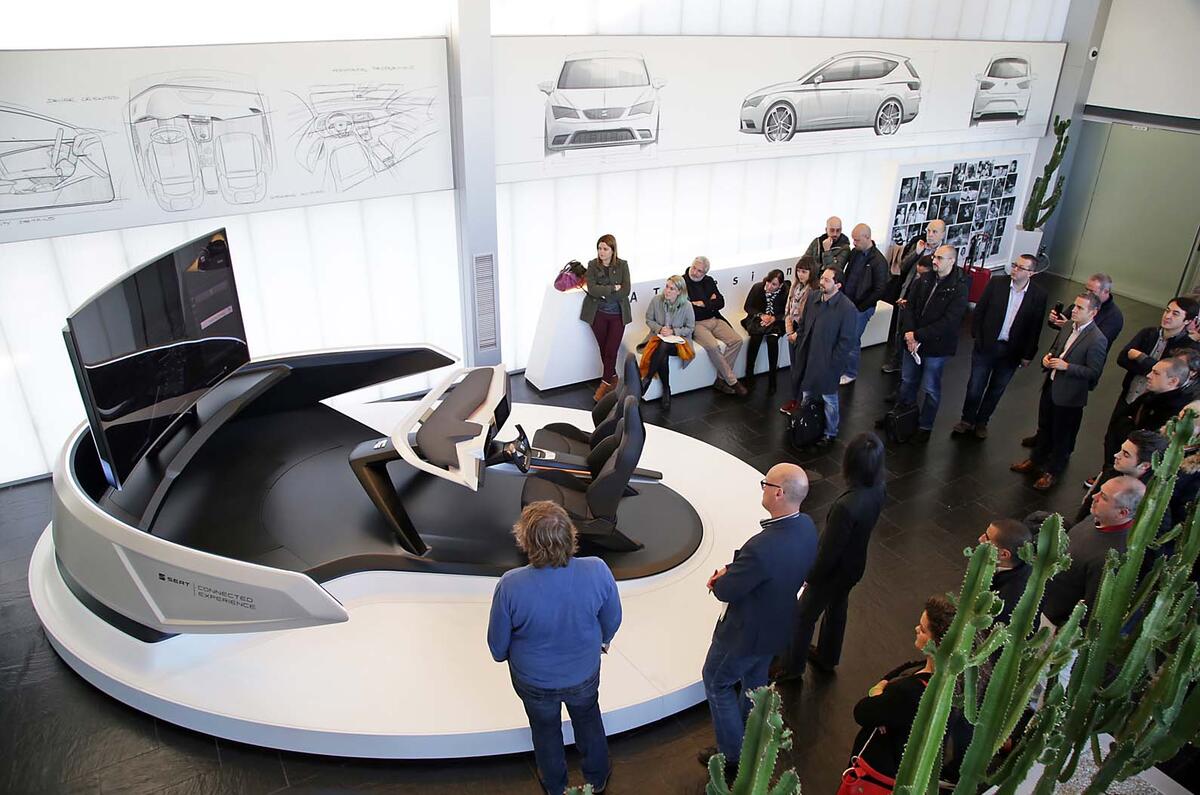
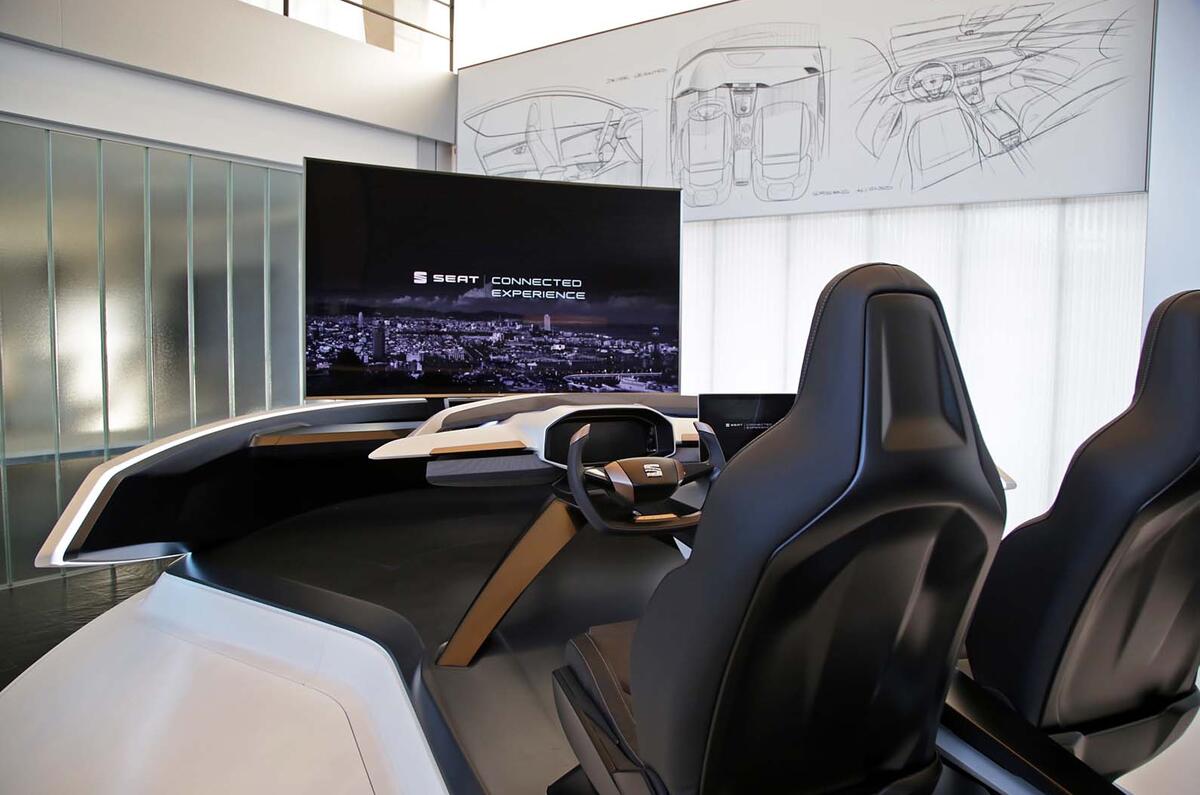
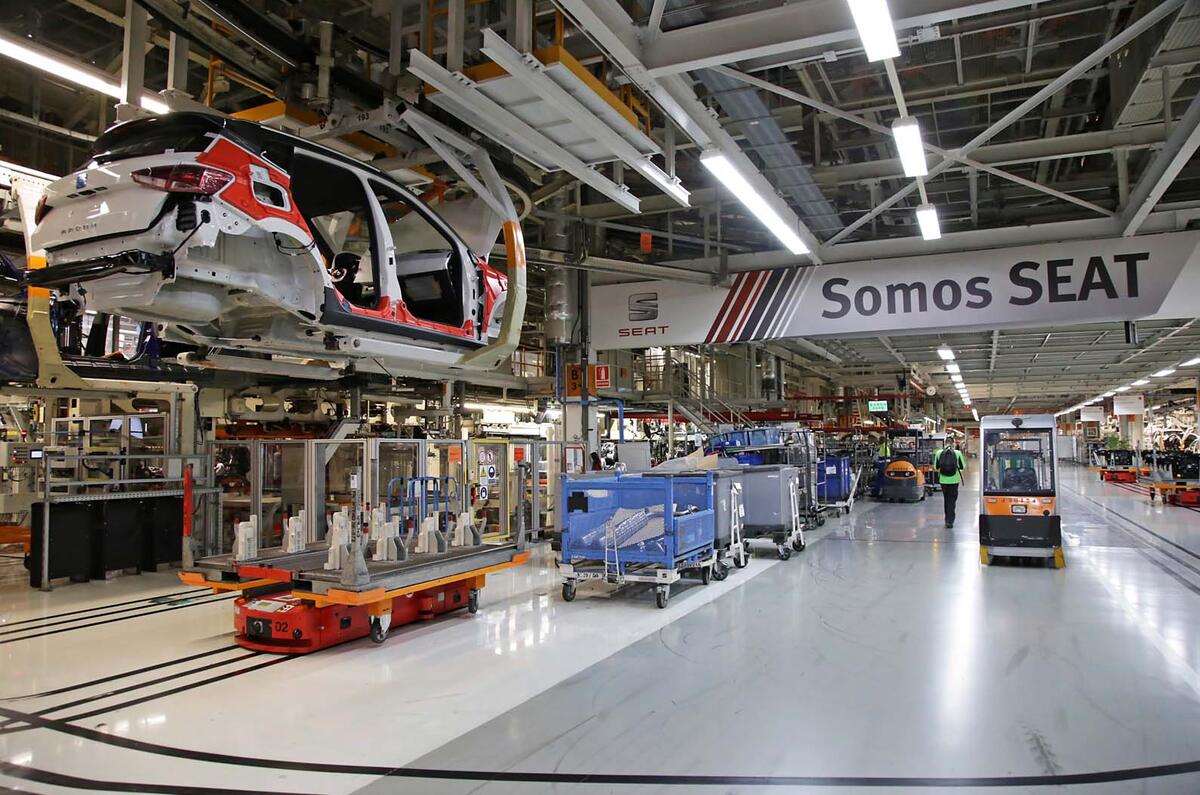
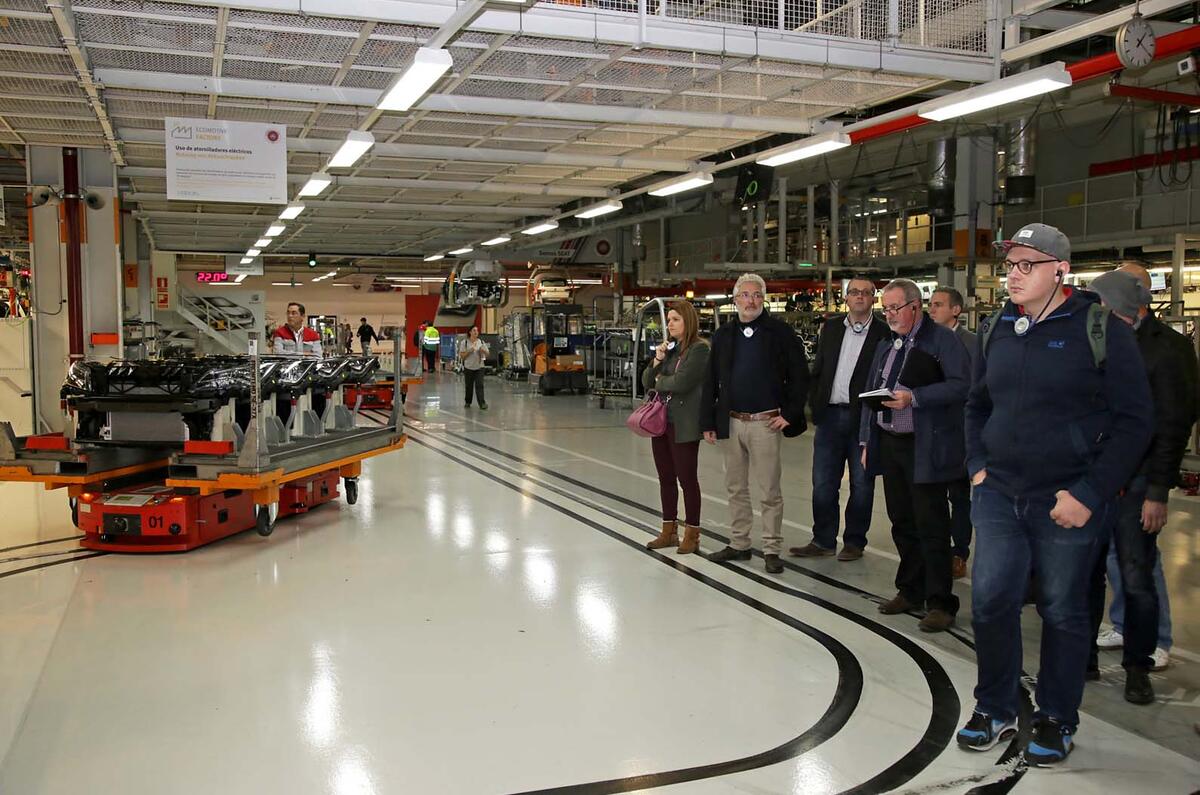
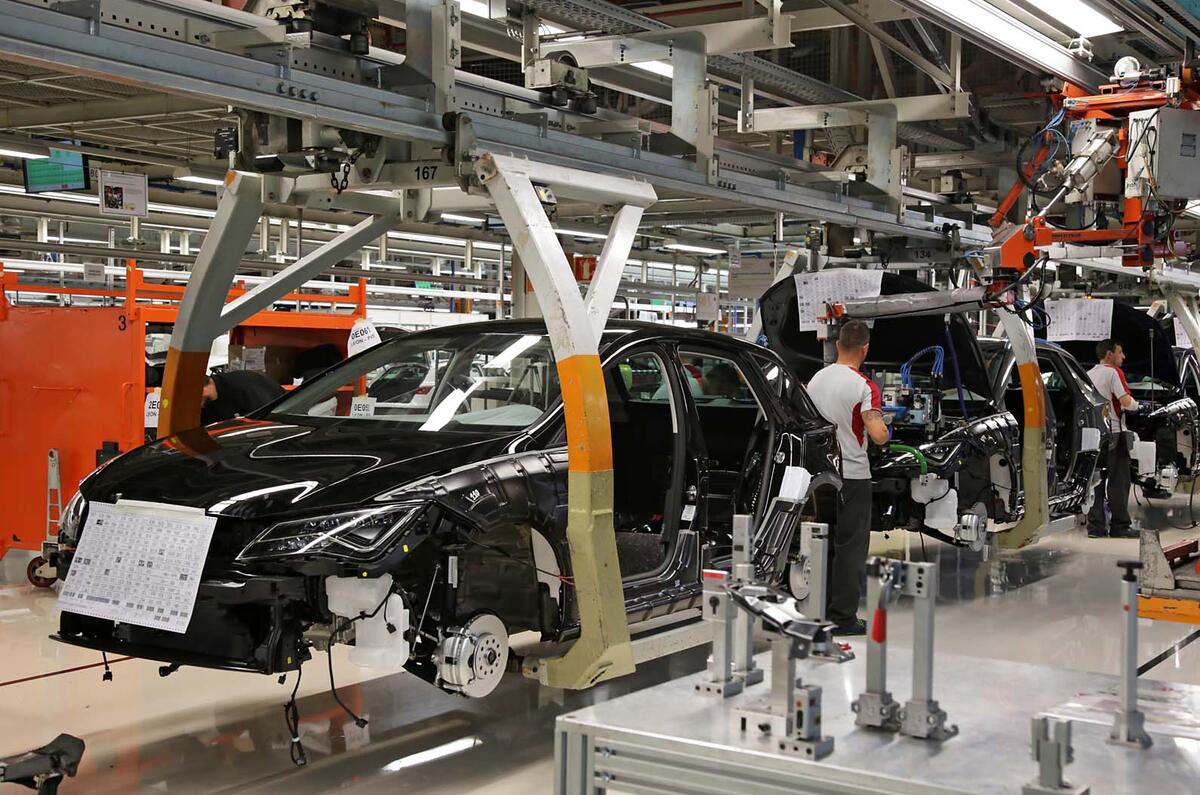

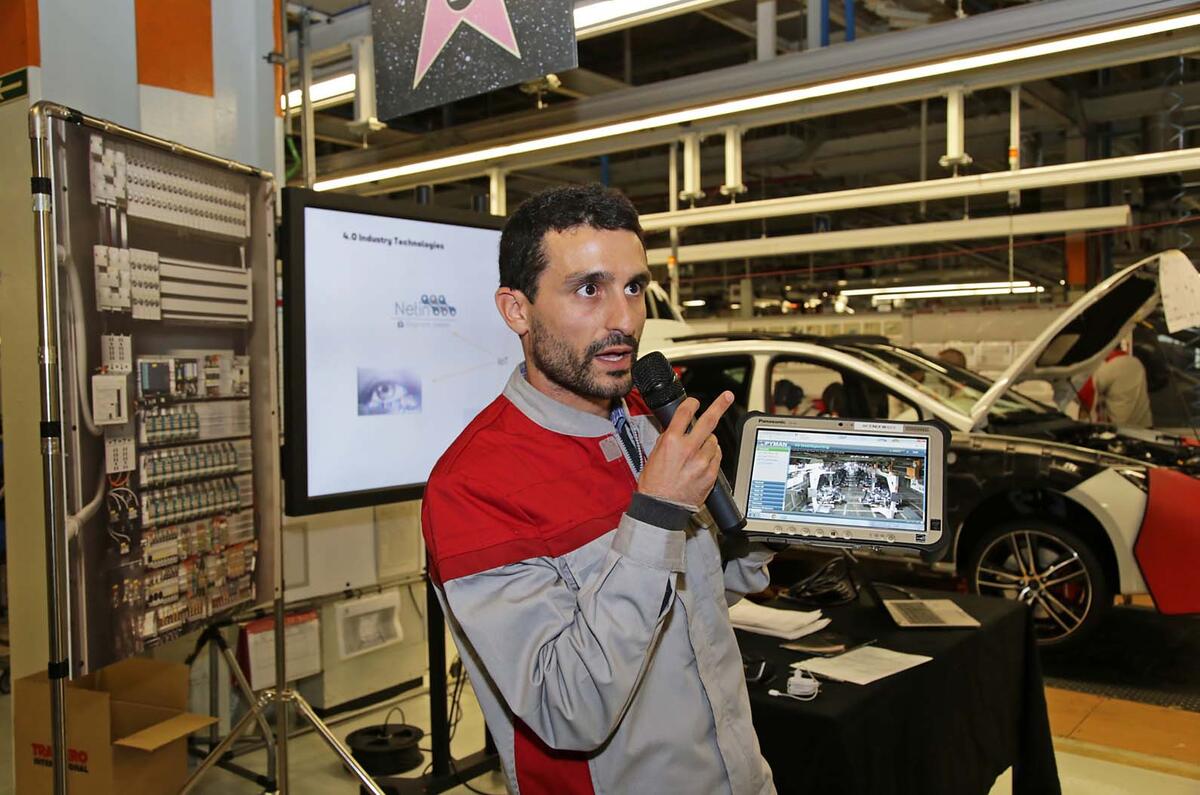
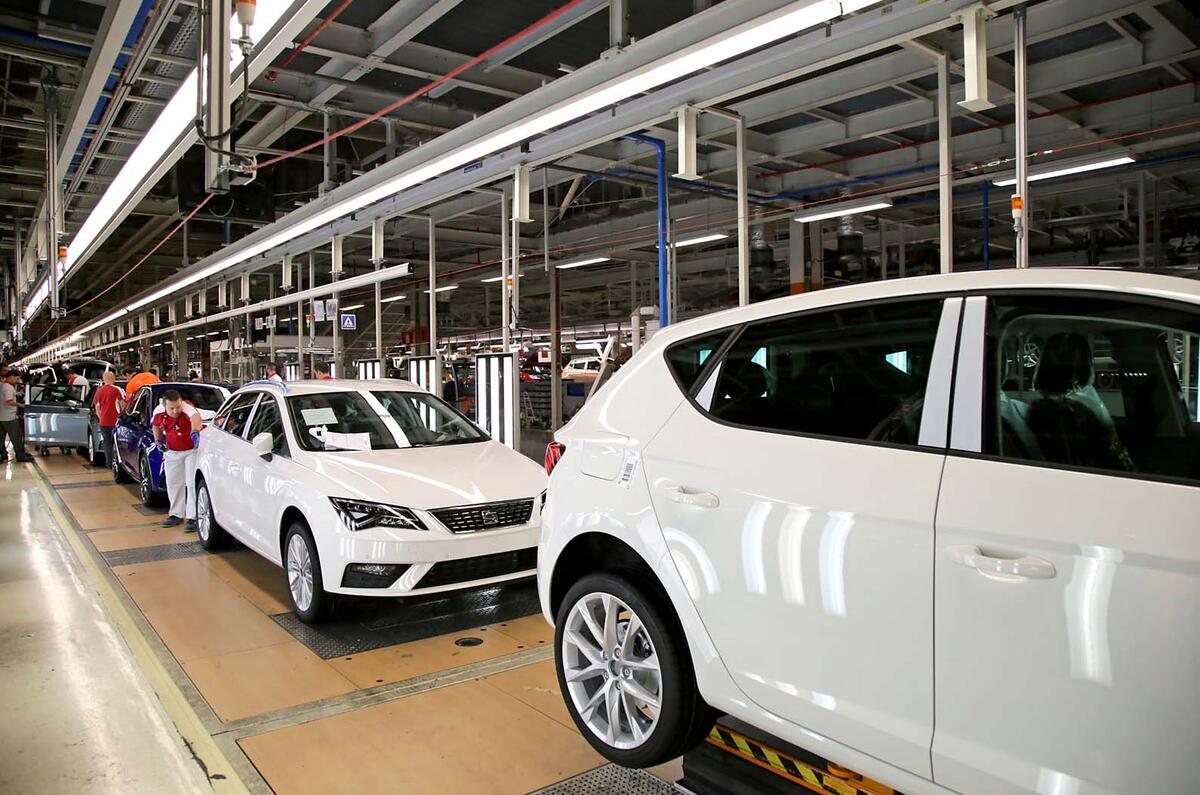













Join the debate
Add your comment
Not new... I thought of this
Not new... I thought of this ages ago..
I made a comment on a dailymail article which talked about jaguars prtable steering wheel which staired settings for a driver etc.. and that the steering which you carry around.. Stupid idea i commented and got slated by obvious jaguar fans..